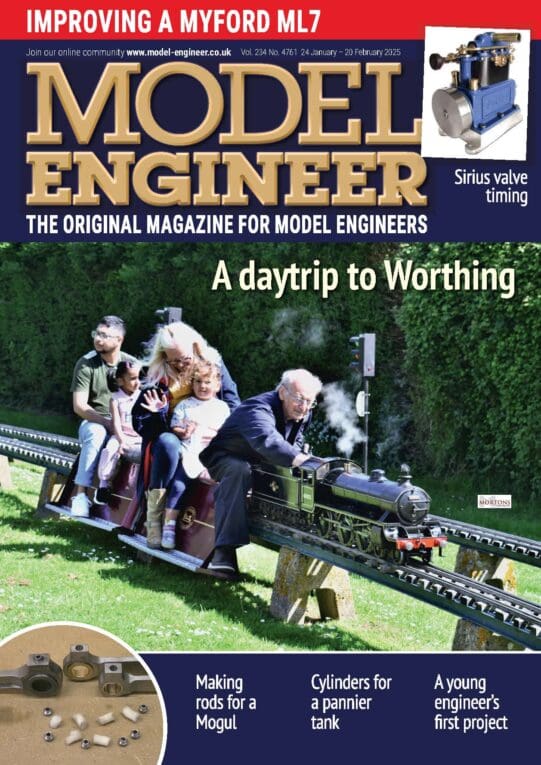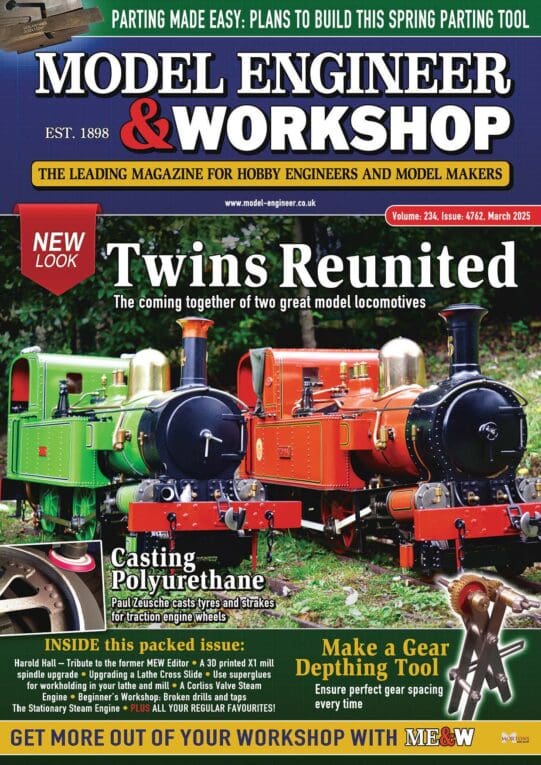A high wing requires either very long and therefore stronger landing gear legs, or strengthened body framing to take the loads of body mounted landing gear. Both options add weight and complication.
If all loads can be taken by the wing structure it generally results in a more efficient design.
With a high wing and wing mounted landing gear, you have to accommodate the retracted landing gear somewhere within the wing, or within the engine nacelles, which adds complication and structural challenges. With a low wing, and wing mounted landing gear, the gear can retract sideways between the wing spars, and the wheels themselves can be accommodated in the bottom of the fuselage, so only the strut needs fitting into a channel in the wing.
High wings also make access to wing mounted engines that bit harder – you need step ladders or platforms to reach them – not necessarily easily available on busy ramps at busy airports – so something as simple as checking and topping up the engine oil is more difficult and takes longer. Airbus has underslung wing mounted engines which can easily be accessed for oil checks while standing on the ground, and also it is easier to inspect the engines during the walk-around.
Boeing have gone up a design cul-de-sac with their B737. The aircraft is set so low to the ground that they cannot accommodate bigger engines with larger front fans which are more efficient. So they first moved the engine accessory gearboxes from underneath to the side to give more ground clearance. Then on the ‘Max’ they moved the engines a long way forwards and up higher – almost in front of the wing – to give clearance, but this gave rise to controllability problems. Boeing then compounded this problem by a terrible half-arsed fix which relied on just a single AoA sensor. This single sensor was faulty on two Boeing 737 Max flights which then fatally crashed.
Coming back to the UK out of Florida one day in an Airbus A330; we had a landing gear problem: On the Airbus A330, the gear legs shorten as they are retracted, but on the left side the shortening mechanism sheered, so the leg did not shorten and was too long to fit the wheel bogey into the wheel well, (we discovered back on the ground). We followed the airborne drills which did not fix the problem, so we had to dump about 65 tonnes of fuel and then land again. The fault had slashed one of the tyres and damaged the wheel well doors.
We had to disembark the passengers, and after a few days of investigation by the engineers, we had to fly the aircraft back home empty, with the gear locked down. When we landed in Goose Bay to refuel, the broken shortening mechanism gave us more concerns, so after another few days of investigation, the engineers changed the entire left hand main landing gear before another crew flew the aircraft home !
Sorry, but I have no photos of this incident, which is a pity. Here is a photo of a (different) Airbus A330 during my walk-around at a different company, to show the general arrangement. A “low” wing is a relative term ! You can see a guy in a Hi-Viz jacket standing underneath the rear of the aircraft for scale. The wheel well doors under the fuselage are open here but are normally closed. The engineers must have been doing some checks.
Airbus A330. A beautifully designed aircraft and my favourite to fly.

 Vic.
Vic.






